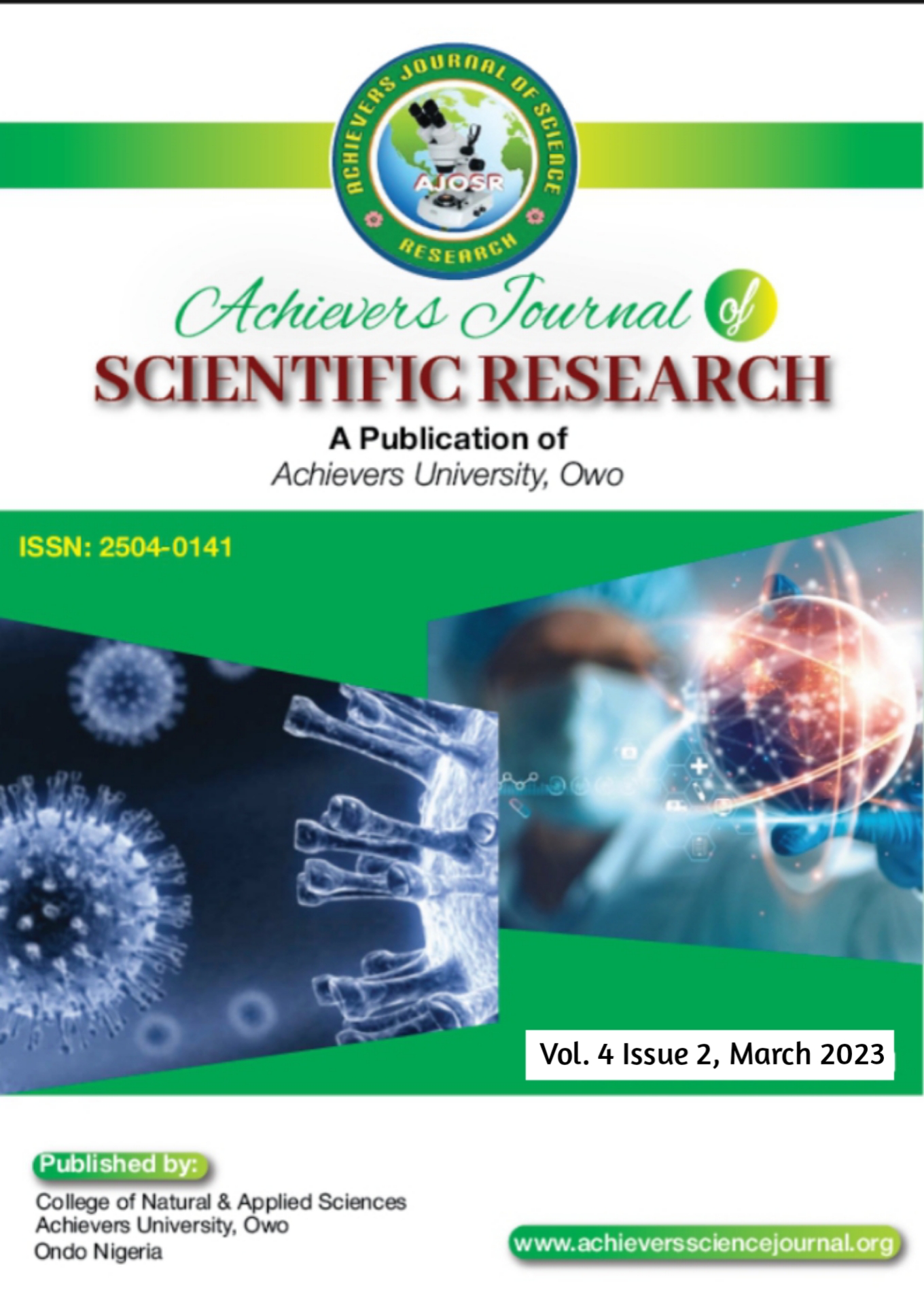Statistical Model for Melting Heat Transfer in Micropolar Nanofluid Flow over an Electromagnetic Actuator with Irregular Thickness
Keywords:
Electromagnetic actuator, Microplar nanofluid, Melting heat transfer, Statistical model, ThermophoresisAbstract
This article analyses statistical model mechanism in the motion of micropolar nanofluid over an electromagnetic actuator with variable thickness. The formulated model captures melting heat transfer phenomenon coupled with thermal radiation, viscous dissipation, thermal-movement and Brownian motion of nanoparticles. The model equations are restructured into ordinary derivatives from the initial partial derivatives by means of relevant similarity quantities. The equations are subsequently tackled numerically via shooting technique alongside Runge-Kutta Fehlberg scheme. The results are displayed graphically to showcase the contributions of the physical terms emerging from the model on the dimensionless quantities. In the analysis, it is found that an enhancement in the magnitude of the melting heat parameter reduces the surface heat propagation but viscous dissipation term acts contrary. Besides, augmenting the magnitude of micropolar and modified Hartmann number parameters boosts the fluid motion. More so, various statistical models are applied to test the data set for the coefficient of skin friction and the Nusselt number for variations in the micropolar fluid parameter (





